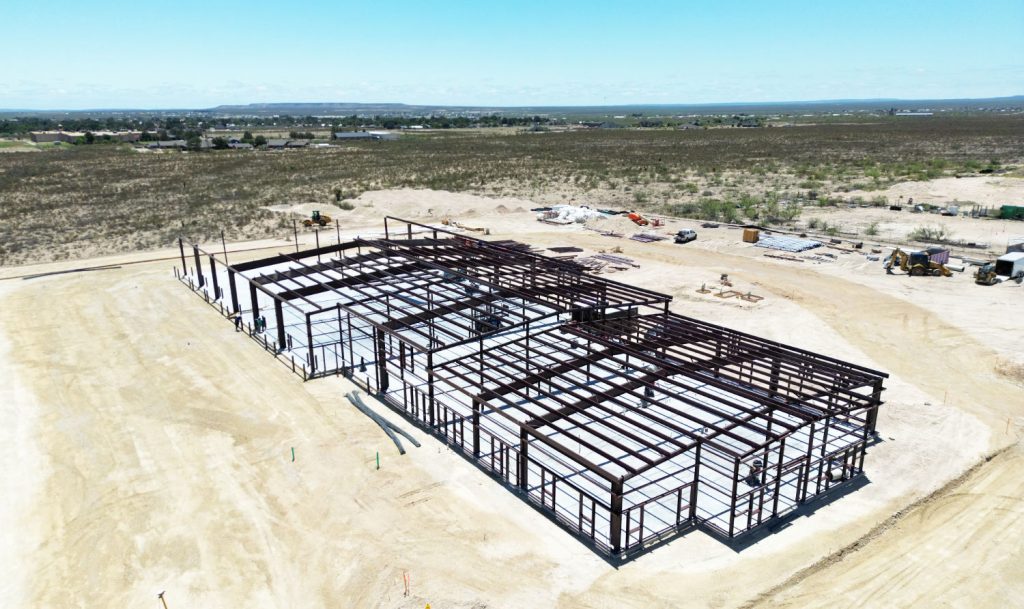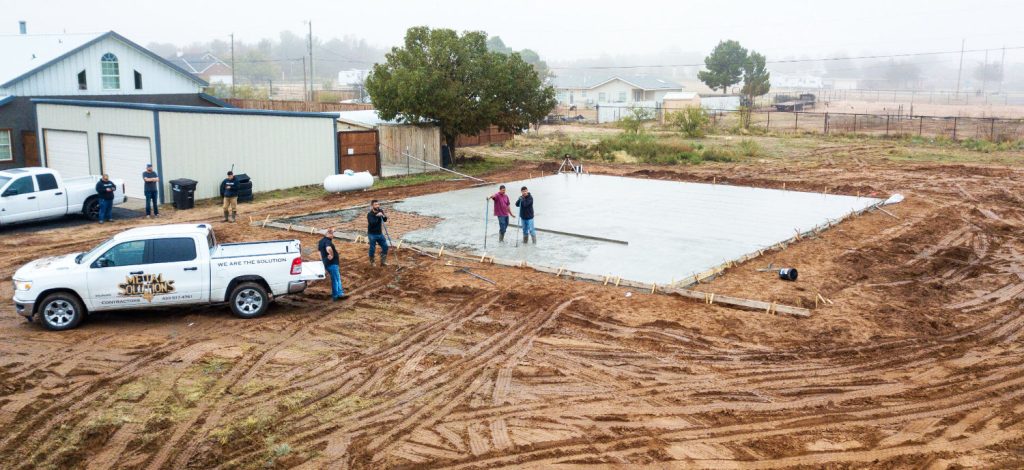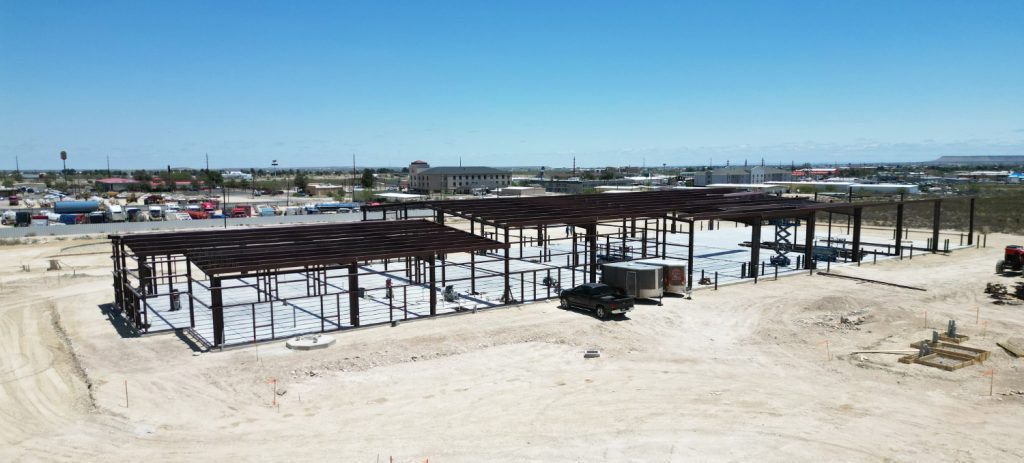
Overview of the Problem
Every business establishes systems to reduce waste, but cost overrun is considered conventional wisdom across the globe for the construction industry. The impact on construction companies is considerable.
Time spent securing new funding, renegotiating contracts, or seeking additional approvals all contribute to delays. These delays can lead to the deterioration of physical infrastructure that weighs on the already strained monetary demands. Ultimately, cost overruns hit the company and all stakeholders where it hurts the most: their wallets. These problems, found in both the private and public sectors, are where businesses look to add value rather than increase costs
Causes of Cost Overrun
Most causes of construction delays occur in the beginning stages of a project. Because of the focus on soft data, the rough order of magnitude is less certain than the hard data that begins to accrue throughout the project. As hard data is acquired, the more certain costs can be.
The leading factors that specifically contribute to cost overruns are:
- project management
- risk assessment
- cost-benefit analysis
- construction management
- time overrun
- decision-making
- design, methodology, or approach
The key issue is project management. It’s this factor that can fail to implement risk management. This is closely followed by design delays. While some design changes are expected, especially on complicated projects, change orders caused by unclear project objectives and scopes significantly affect the duration and cost of the project.
Both issues are related, though. The planning team requires feedback from a multitude of other teams and poor communication and coordination from all sides. These are areas of disconnection that aggregate into an unsuccessful approach to project management. Another major source of trouble is underbudgeting cost estimates. The reasons for this are often attributed to
- unreliable data
- absence of a national database for prices
- lack of experience
- honest mistakes.
These issues are typical of the larger problem; the beginning of the project is always less certain because hard data is less available.
Beyond this, there are two important areas to consider: cognitive bias and the political economy. Firstly, sometimes planners are deluded by what they believe they can deliver; this is called the optimism bias.
In other situations, planners underestimate the resources required, and this causes financial needs to pile up. Lastly, strategic misrepresentation is common as well.
This is when both costs and risks are routinely underestimated, and the demand is overestimated to increase the likelihood of receiving approval to secure continued funding–often from a government source to secure a bid.
Metal building contractors in Midland, Odessa, and similar small-to-midsize communities may seem to be insulated from these forces, but they are not. If anything, the effect is felt more when the project is smaller.
Where poor planning meets poor execution, cost overruns are inevitable – especially through change orders.

Government Versus Private
In every industry, cost overrun is synonymous with government. In the United States, this problem can be traced as far back as 1817, when New York built the Erie Canal.
Research indicates that underestimation is a normative feature of institutional incentives. This practice is encouraged by:
- exemption from the profit-motive
- political motivations
- strong union and legal protections for managers
Without a profit motive, concern for costs becomes a political decision instead of an economic calculation. On top of that, managers with poor performance are difficult to remove to ensure the best talent and skills can successfully implement the project.
The result is that cost overrun has not slowed down in public works in the United States history and in most cases has skyrocketed.
Far from being spared the frustration of cost overrun, the private sector faces similar challenges. According to research by McKinsey & Company, eighty percent of project costs are overrun, and twenty percent are over schedule. A positive takeaway when comparing public and private ventures is that this pales in comparison to the sheer magnitude of government projects, yet this is cold comfort for individual projects.
The simple fact is that no one – whether small or large – is insulated from the forces driving up cost in construction.
Complexity in the Modern Construction Site
In addition to the leading factors of cost overruns, the ever-increasing complexity of the modern construction site adds demands to any project. While complexity is a part of the factors already discussed, considering how complexity compounds costs is important too.
Advanced software, high demand for quality, and the demand for particular design features mean specialists who command higher fees add to the cost of production. Sourcing materials for these advanced needs becomes a challenge too.
The company is at the mercy of the international market in many cases, and unpredictable situations lead to indeterminate planning. Moreover, complexity in general makes it much more difficult to accurately estimate costs and this simply feeds into project management struggles.
To put it differently, increasing the complexity of projects creates expensive supply chains for companies.

Vertical Integration
The best approach to addressing these problems is not to simply confront the individual factors in isolation, but to see how the different pieces fit into the bigger picture–a systematic approach.
The best way to approach cost overrun in construction is to manage the problems by vertically aligning the supply chain. It’s typical to layer organizations and to spread risk around, but this increases costs in the process, and these costs usually appear in administration, insurance, and contingencies.
The leading recommendation for solving cost overrun is to establish some level of centralization over the process to prevent or mitigate the inefficiencies on a project more effectively. This removes a degree of financial uncertainty by taking charge of the process. It means major components of the project are no longer subject to bidding wars that too often over-promise and under-deliver.
Furthermore, the company is less dependent on the international market, but most significantly, systems of quality control can be designed that were not otherwise available.
By investing in the supply chain, the value chain is improved.
At the heart of the issue is a decentralized business model, characteristic of contemporary construction practices, and the costs are found where decentralization results in disconnection.
Big Ideas in Big Spring
At first glance, one might not think that a contractor in Big Spring, Texas would figure out how to avoid the common pitfalls of cost overruns, needless project complexity, change orders, and the like.
However, that’s just what we’ve done.
By vertically integrating its supply chain, Metal Solutions eliminates the unnecessary steps contributing to cost overruns common in other companies.
Our projects are, we’re proud to say, rightsized for exactly what a customer needs and stripped of the fluff they don’t. Our supply chain is in-house and tightly controlled, ensuring that no extra costs are built in.
We’ve learned the lessons of companies and governments who fail to control for the variables of these projects, and can built complex, huge structures in a fraction of the time of competitors.
If you happen to be in the market for any kind of structure, or simply need a reliable, thoughtful contractor who has eliminated waste from the equation altogether, we’d appreciate you reaching out to us.



